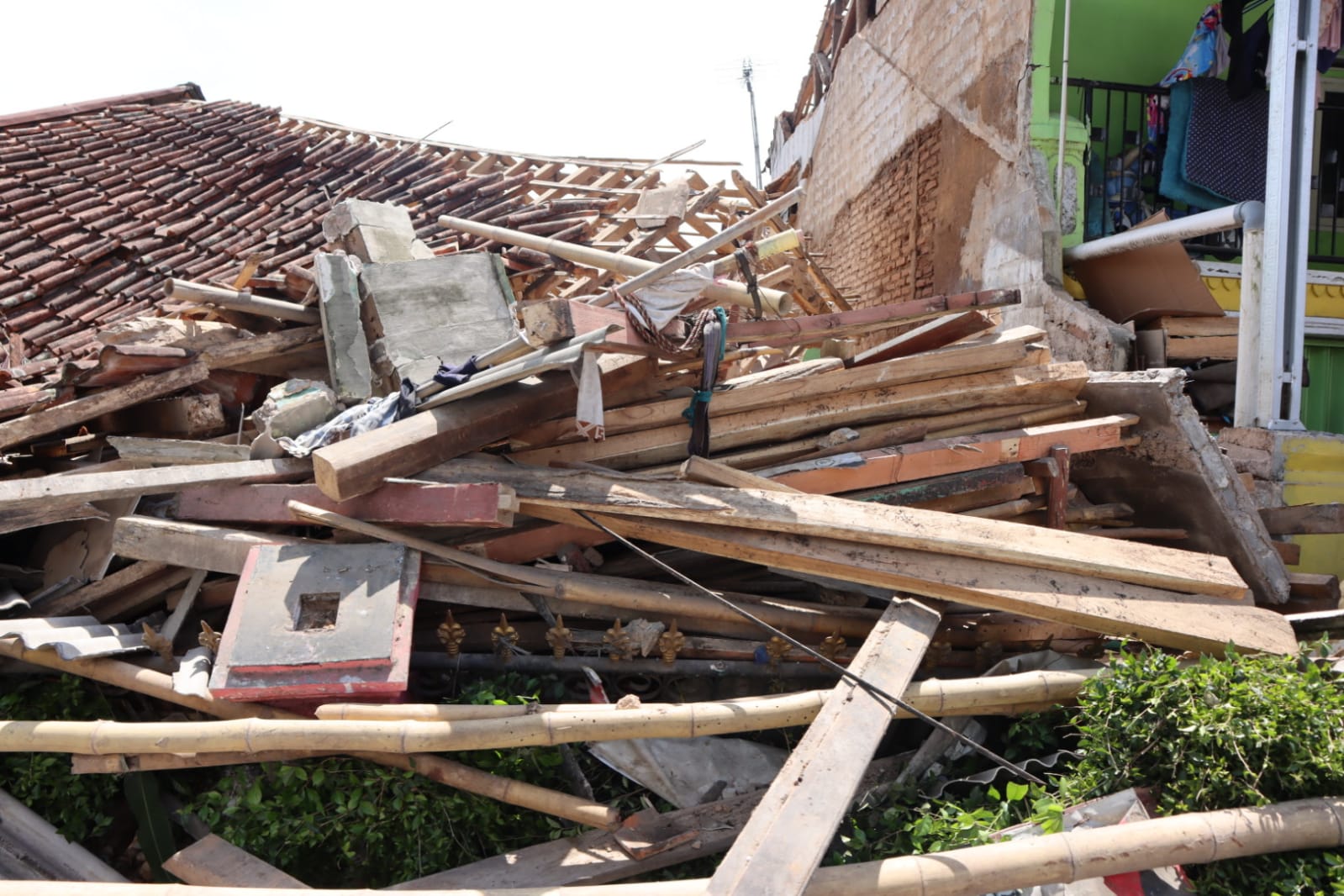

A 5.6 magnitude earthquake struck in the mountainous Cianjur region on the west coast of Indonesia’s Java island just before 1:30 p.m. local time on Nov. 21, 2022. The quake’s epicenter was relatively shallow at about 6.2 miles in depth. Hundreds of aftershocks of varying intensities were felt and hampered recovery efforts. The quake was felt as far away as Jakarta, about 60 miles northwest of Cianjur and in the nearby cities of Sukabumi and Bandung.
After a few days, the search and rescue efforts moved into search and recovery as some people were buried in their homes and other buildings, which either collapsed around them or were swept away in a landslide.
Officials continued to assess damages in mid-December, and reported significant damage to buildings, infrastructure and communications. Local emergency responders were supplemented by support from the government of Indonesia, the military, the Indonesia Red Cross and hundreds of nongovernmental organizations from the area.
As of Nov. 28, emergency management command of the incident was passed from the federal agency on to the Regional Government of Cianjur Regency.
(Photo: Damage from the earthquake in Cianjur Regency, West Java Province, Indonesia on Nov. 21, 2022. Credit: BNPB Indonesia via Twitter)
The hardest hit area was Cijendil village, where a landslide swept away and buried at least 40 homes. The government plans to develop a new area to relocate those that lost homes and build homes for affected residents.
This photo essay from the New York Times showed the extent of the damage. At least two million people were affected.
Indonesia sits on the Pacific Ring of Fire and regularly experiences earthquakes and volcanic activity. CNBC said: “Indonesia is frequently hit by earthquakes, many much stronger than Monday’s whose magnitude would typically be expected to cause light damage. But experts said the shallowness of the quake and inadequate infrastructure contributed to the severe damage, including caved-in roofs and large piles of bricks, concrete, and corrugated metal.”
VOA stated: “In February, a magnitude 6.2 earthquake killed at least 25 people and injured more than 460 in West Sumatra province. In January 2021, a magnitude 6.2 earthquake killed more than 100 people and injured nearly 6,500 in West Sulawesi province. And in 2004, a 9.1 magnitude earthquake off Sumatra island in northern Indonesia set off a huge tsunami that struck 14 countries. The disaster killed 230,000 people along the Indian Ocean coastline, more than half of whom lived in Indonesia.”
Latest Updates
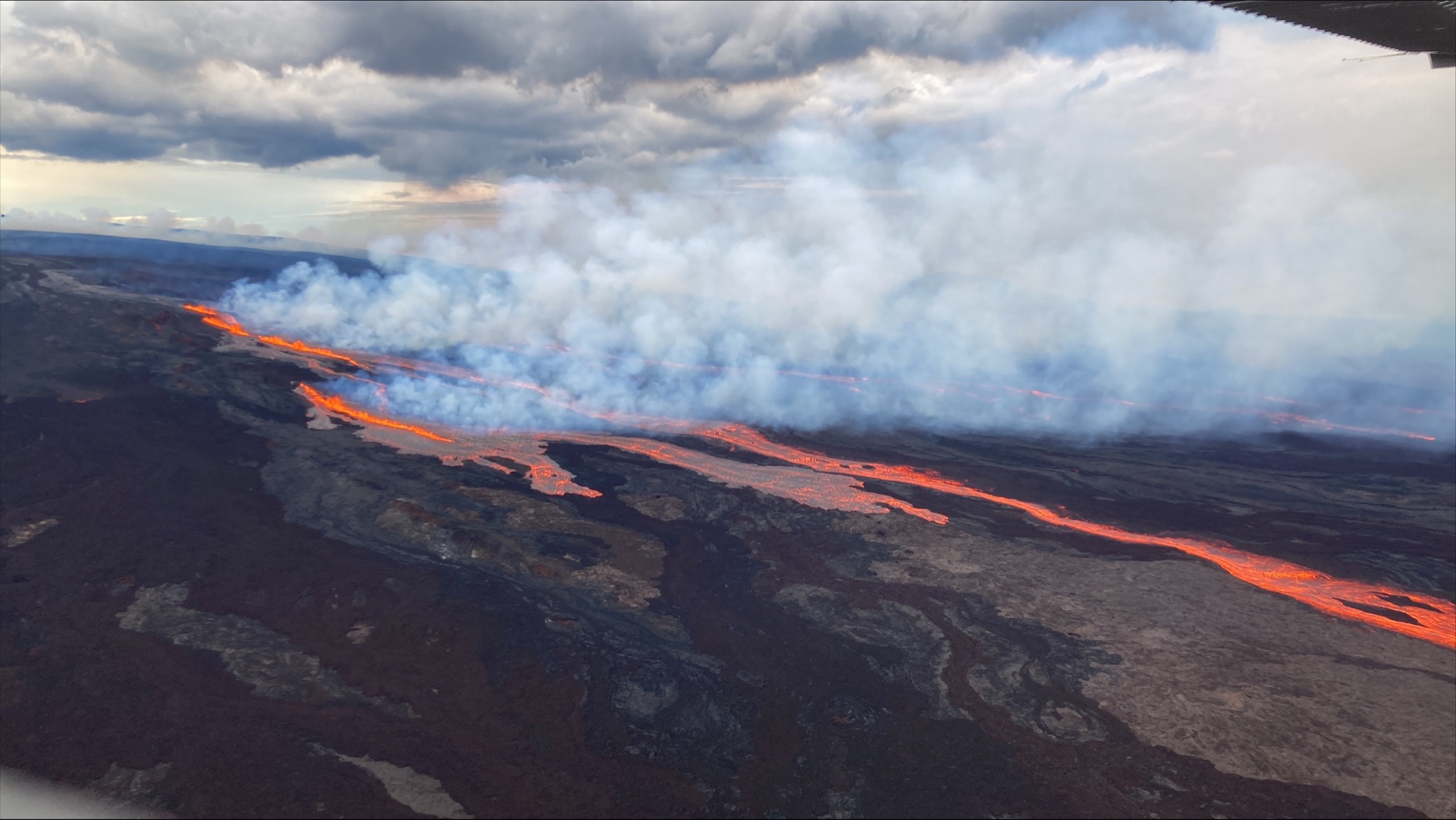
What we’re watching: Weekly disaster update, November 28
Deaths and injuries
According to the National Disaster Mitigation Agency (BNPB) press conference on Wednesday, Nov. 30, at least 334 people died. Additionally, eight people remained missing as of Dec. 9, and more than 2,000 people were injured. Victim identification was still being carried out in mid-December. The deadline for the search and recovery period was extended to Dec. 20 to help find the missing eight victims, but the weather is hampering the search.
More than 100 of the deceased were children. According to Plan Indonesia: “In disaster-prone areas, such as in Cianjur, at 13.00, especially in rural areas, children are generally concentrated in schools, madrasas and Islamic boarding schools. Meanwhile, the elderly, disabled and women were at home. Unlike the case with men who are generally in the fields, rice fields, or working outdoors. Therefore, children, along with the disabled, the elderly and women, are more vulnerable to being affected by disasters.”
Damage and displacement
Over 100,000 people were initially displaced.
As of Dec. 9, nearly 60,000 homes in Cianjur were reported to have been damaged. Of these, 13,241 houses were seriously damaged, 15,757 houses had moderate damage and 26,213 houses had light damage.
At least 540 school buildings were damaged, including the ones that led to the deaths of children. However, this raised concerns for some experts who pointed out that schools should be built to withstand earthquakes to protect children and allow them to serve as post-earthquake shelters. The Guardian reported that “estimates regarding the number of school buildings vulnerable to quakes vary. According to the education ministry, almost 53,000 schools are located in earthquake-prone regions. In 2019, the BNPB recorded that 75% of more than 200,000 school buildings across Indonesia were prone to earthquakes, with about 60 million students at risk.”
In addition, there were reports of damage to 18 health care facilities, 17 office buildings and 279 places of worship.
BNPB was still verifying damages, so it was estimated that numbers would continue to rise.
Immediate needs include direct cash support to organizations that provide the following items to rebuild their stockpiles and continue to distribute needed items:
- Food and nutrition.
- Water, Sanitation and Hygiene (WASH).
- Medical supplies and personnel.
- Tents and other temporary shelters.
- Fuel, electricity, communications technology and infrastructure needs.
Cash assistance
As with most disasters and emergencies, cash donations are recommended by disaster experts as they allow for on-the-ground agencies to direct funds to the most significant area of need, support economic recovery and ensure donation management does not detract from disaster recovery needs.
The Center for Disaster Philanthropy recommends cash both as a donation method and a recovery strategy. Providing direct cash assistance can allow families to purchase items and services that address their multiple needs. It gives each family flexibility and choice, ensuring that support is relevant and timely. Cash assistance can also help move families faster toward rebuilding their lives.
Supporting NGOs
The government of Indonesia has not yet (as of Dec. 13) requested international assistance. A number of nongovernmental organizations are responding, however, these are primarily organizations with a long-standing, local presence in the community. Services would mostly be provided by Indonesian staff. CDP is maintaining a list of some of these organizations. According to the Cianjur district government, nearly 300 organizations have assisted in handling the earthquake so far.
Housing assistance
Indonesian President Joko Widodo committed to ensuring that all damaged homes are rebuilt to earthquake-resistant standards as set by the Minister of Public Works and Public Housing. However, “in a developing nation where about 43% of the population live in rural areas, in largely unsafe and poorly constructed homes, the task of making earthquake-resistant buildings remains a huge challenge.”
Support is needed – primarily in the form of cash assistance or product – to help communities rebuild.
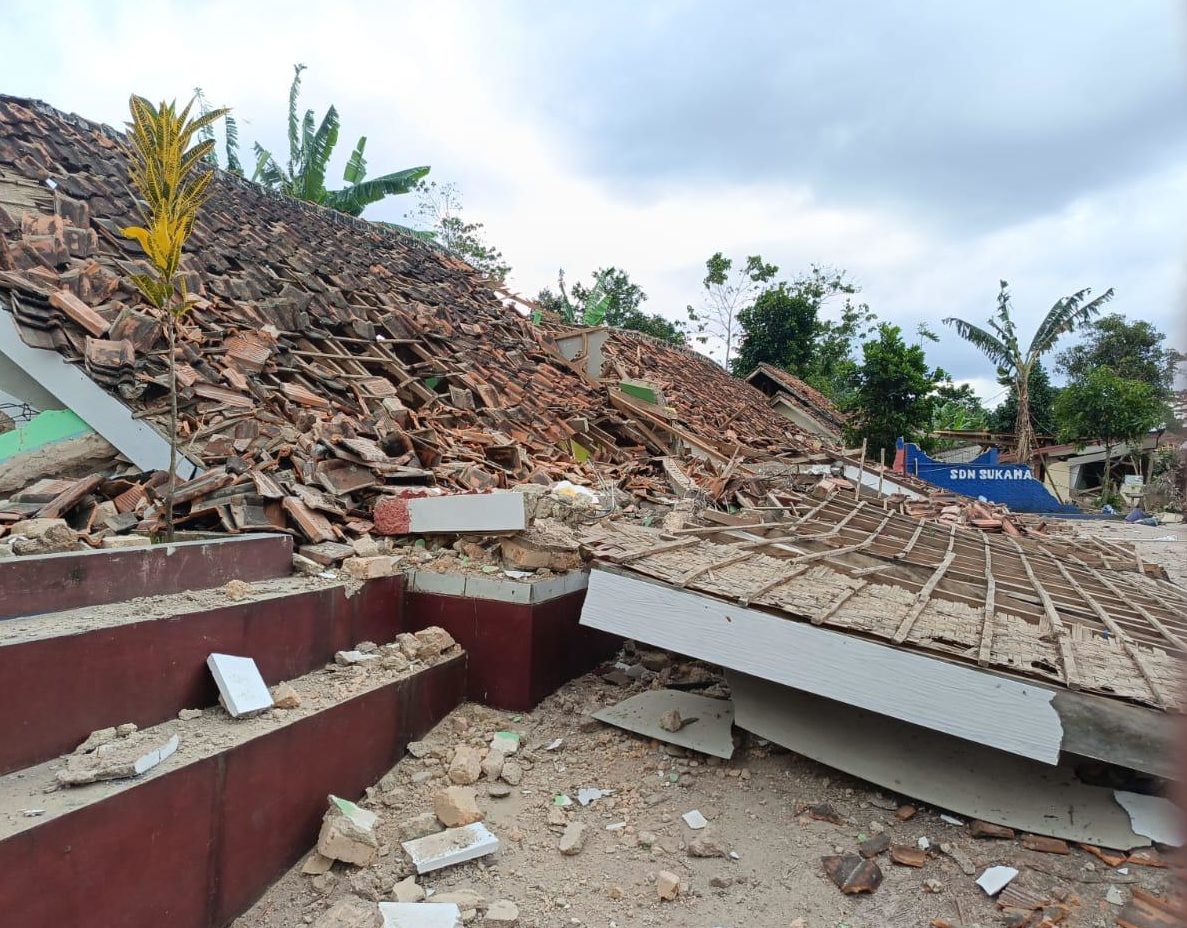
To support the recovery efforts, please donate to the Center for Disaster Philanthropy’s Global Recovery Fund, and select “2022 Indonesia Earthquake” from the dropdown menu.
Contact CDP
Philanthropic contributions
If you would like to make a donation to the CDP Global Recovery Fund, please contact development.
(Photo: Damage from the earthquake in Cianjur Regency, West Java Province, Indonesia on Nov. 21, 2022. Credit: BNPB Indonesia via Twitter)
Recovery updates
If you are a responding NGO or a donor, please send updates on how you are working in this crisis to tanya.gulliver-garcia@disasterphilanthropy.org.
We welcome the republication of our content. Please credit the Center for Disaster Philanthropy.
Donor recommendations
If you are a donor looking for recommendations on how to help in this crisis, please email regine.webster@disasterphilanthropy.org.
Philanthropic and government support
ABC reports that Indonesian President Joko Widodo has increased the amount of funding provided to residents whose homes were damaged. If a home was lightly damaged, residents received 15 million rupiah ($964 USD), if moderately damaged they received 30 million rupiah ($1,928 USD) and if majorly damaged or destroyed they received 60 million rupiah ($3,856 USD).
BNBP staff and NGOs distributed supplies regularly following the earthquake. In many cases, they were driving motorcycles in order to access hard-hit and remote areas. Aid included: basic necessities, food, clothing, blankets, mattresses, salt water, hygiene kits, cots, tents and generators.
More ways to help
CDP has also created a list of suggestions for foundations to consider related to disaster giving. These include:
- Prioritize investments in local organizations: Local humanitarian leaders and organizations play a vital role in providing immediate relief and setting the course for long-term equitable recovery in communities after a disaster or crisis. However, these leaders and organizations are mostly under-resourced and underfunded. Grant to locally-led entities as much as possible. When granting to trusted international partners with deep roots in targeted countries, more consideration should be given to those that empower local and national stakeholders.
- Take the long view: Even while focusing on immediate needs, remember that it will take some time for the full range of needs to emerge. Be patient in planning for disaster funding. Recovery will take a long time and while recovery efforts can begin immediately, funding will be needed throughout.
- All funders are disaster philanthropists: Even if your organization does not work in a particular geographic area or fund immediate relief efforts, you can look for ways to tie disaster funding into your existing mission. If you focus on education, health, children or vulnerable populations, disasters present prime opportunities for funding these target populations or thematic areas.
- Ask the experts: If you are considering supporting an organization that is positioned to work in an affected area, do some research. CDP and InterAction can provide resources and guidance about organizations working in affected communities.
Fund resources
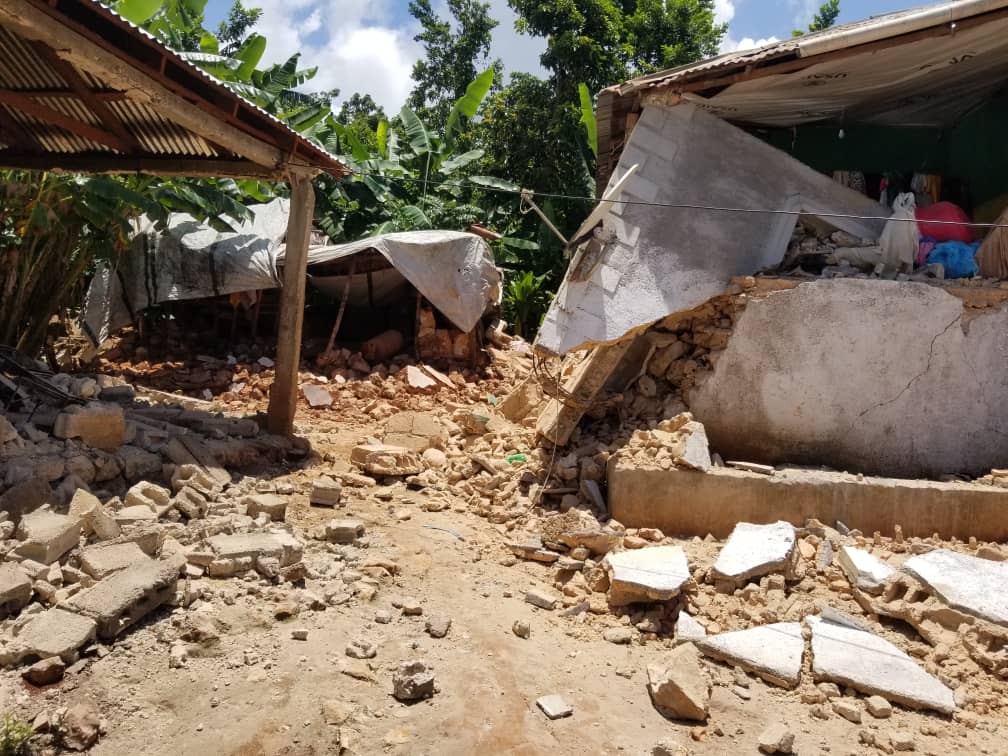
Earthquakes
Striking without warning, earthquakes often are among the most devastating disasters. Caused by the movement of plates along fault lines on the earth’s surface, earthquakes often leave a monumental path of instant death and destruction.
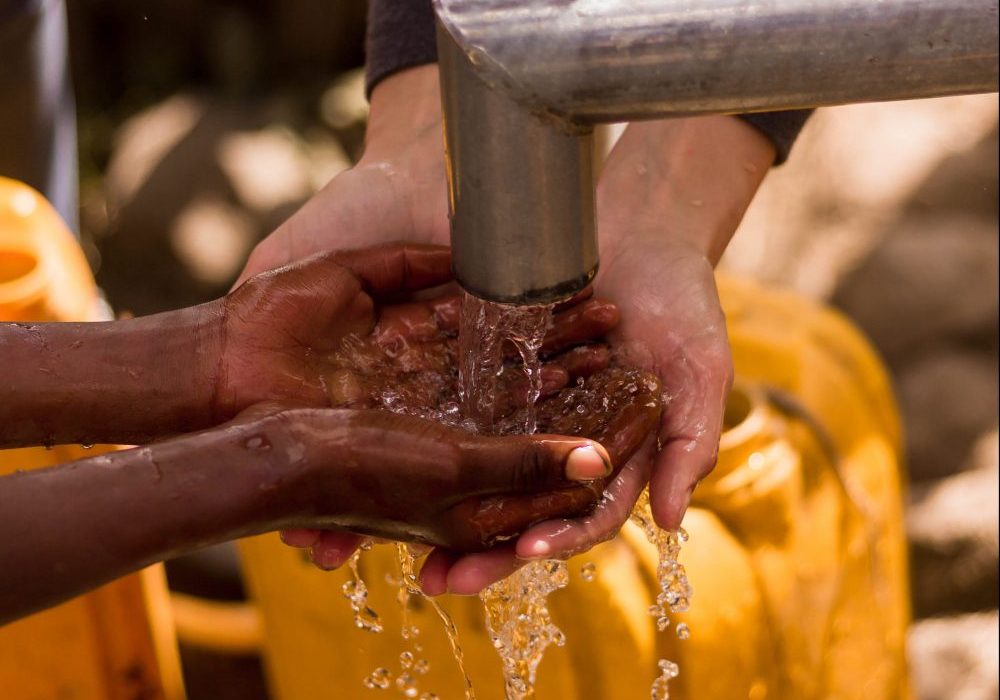
Water, Sanitation and Hygiene (WASH)
Water is one of the most necessary elements for life, yet according to the World Health Organization/UNICEF, 2.1 billion people lack access to safely managed drinking water. In addition, 4.5 billion people lack safely-managed sanitation facilities. Water, sanitation and hygiene (WASH) principles are of tremendous concern in everyday life, but can be heightened during an emergency or disaster.

Critical Infrastructure and Systems
Critical Infrastructure and Systems (CIS) are the structures people rely on to perform their everyday tasks. They are what keep people, goods and information moving around the world while also keeping people safe and healthy.